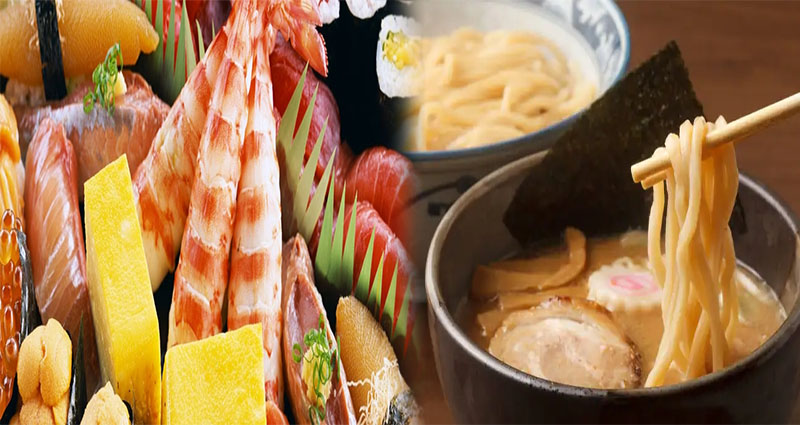Japanese cuisine, known for its delicate flavors, fresh ingredients, and meticulous preparation, is a significant aspect of Japanese culture. From sushi to ramen, traditional Japanese food offers a diverse array of dishes that reflect the country’s rich culinary heritage. Let’s explore some fascinating facts and customs surrounding traditional Japanese food.
1. Umami – The Fifth Taste
Japanese cuisine is renowned for its umami flavor, often referred to as the fifth taste alongside sweet, sour, salty, and bitter. Umami, which translates to “pleasant savory taste” in Japanese, is found in ingredients such as kombu seaweed, miso, and bonito flakes. The mastery of balancing umami is a fundamental principle in Japanese cooking, contributing to the depth and complexity of flavors in dishes.
2. Kaiseki – The Art of Japanese Cuisine
Kaiseki is a traditional multi-course dining experience that showcases the seasonality of ingredients, culinary techniques, and artistic presentation of dishes. Rooted in the tea ceremony traditions, kaiseki reflects the Japanese appreciation for nature, harmony, and mindfulness in food preparation. Each course is carefully curated to create a harmonious culinary journey for diners.
3. Washoku – UNESCO Intangible Cultural Heritage
In 2013, traditional Japanese cuisine, known as washoku, was recognized as an Intangible Cultural Heritage by UNESCO. Washoku emphasizes the use of fresh, seasonal ingredients, meticulous preparation techniques, and aesthetic presentation. The recognition by UNESCO highlights the cultural significance and global impact of Japanese culinary traditions.
4. Osechi Ryori – New Year’s Cuisine
Osechi Ryori is a traditional Japanese New Year’s food consisting of an assortment of colorful and symbolic dishes served in special bento boxes called jubako. Each dish in osechi ryori holds symbolic meaning for health, prosperity, and happiness in the coming year. The elaborate preparation and presentation of osechi ryori reflect the auspiciousness of the New Year celebration in Japan.
5. Izakaya Culture – Japanese Pub Dining
Izakayas are traditional Japanese pubs that offer a casual and communal dining experience. Izakaya menus feature a variety of small plates, grilled skewers, sashimi, and alcoholic beverages such as sake and shochu. The social atmosphere of izakayas encourages sharing food, engaging in lively conversations, and fostering a sense of camaraderie among diners.
Traditional Japanese food embodies a harmonious blend of culinary artistry, cultural significance, and reverence for nature. From the delicate balance of umami flavors to the seasonal beauty of kaiseki dining, Japanese cuisine offers a window into the heart of Japanese culture and values. Whether enjoying a bowl of steaming ramen or savoring the elegant simplicity of sushi, exploring traditional Japanese food is a culinary journey that transcends taste and nourishes the soul.









